Best war movies of all time
Explore some of cinema's most powerful and impactful war films. These movies capture the human experience amidst conflict, from intense battles to the profound psychological toll.

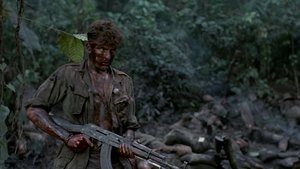

The war film genre has long served as a mirror reflecting the human condition under extreme pressure. From the strategic complexities and brutal realities of combat to the personal sacrifices and moral dilemmas faced by soldiers and civilians alike, these movies offer a window into history and the enduring costs of conflict.
Great war films don't just depict battles; they delve into the psychology of survival, the bonds forged in the crucible of war, and the often-grim aftermath. They can be intensely realistic, like the harrowing opening of Saving Private Ryan, or more allegorical and philosophical, exploring the absurdities and horrors of war as seen in films like Apocalypse Now. Some focus on specific historical events, providing a visceral sense of being there, while others use war as a backdrop to examine broader themes of duty, honor, and the loss of innocence.
Filmmakers often go to incredible lengths to achieve authenticity, from meticulous set design and costume work to intense actor training and groundbreaking special effects that put audiences right in the middle of the action. The sound design alone in many modern war movies is a masterclass in creating an immersive, often terrifying, experience. Whether set in the trenches of WWI, the jungles of Vietnam, or the deserts of the Middle East, these stories remind us of the immense courage displayed and the heavy price paid by those who experience war firsthand. This list represents some of the most acclaimed and memorable entries in this significant cinematic genre.
14. Braveheart (1995)
Mel Gibson directs and stars in this epic historical drama about Scottish warrior William Wallace, who led the Scots in the First War of Scottish Independence against King Edward I of England. While perhaps more of a historical action film than a pure war movie, it features large-scale, visceral battle sequences that were particularly influential at the time of its release. The film took some creative liberties with historical accuracy for dramatic effect, but its stirring portrayal of patriotism and freedom resonated with audiences worldwide, leading it to win Best Picture at the Academy Awards.

13. Zero Dark Thirty (2012)
Kathryn Bigelow's follow-up to 'The Hurt Locker' is a gripping procedural drama detailing the decade-long hunt for Osama bin Laden after the 9/11 attacks. Jessica Chastain stars as Maya, a tenacious CIA analyst who dedicates her career to tracking down the al-Qaeda leader. While not a battlefield film in the traditional sense, it delves deep into the intelligence gathering, political pressures, and covert operations that constitute modern warfare and counter-terrorism. The film was noted for its intense realism and sparked debate over its depiction of controversial interrogation techniques.

12. Letters from Iwo Jima (2006)
Directed by Clint Eastwood, this film offers a rare and poignant perspective on World War II – that of the Japanese soldiers defending the island of Iwo Jima. It serves as a companion piece to Eastwood's 'Flags of Our Fathers,' which depicted the American side of the battle. Telling the story through letters written by General Tadamichi Kuribayashi (Ken Watanabe) and other soldiers, the film provides insight into their motivations, fears, and humanity, challenging traditional cinematic portrayals of the enemy. It's a powerful exploration of duty, honor, and the shared tragedy of war from a seldom-seen viewpoint.
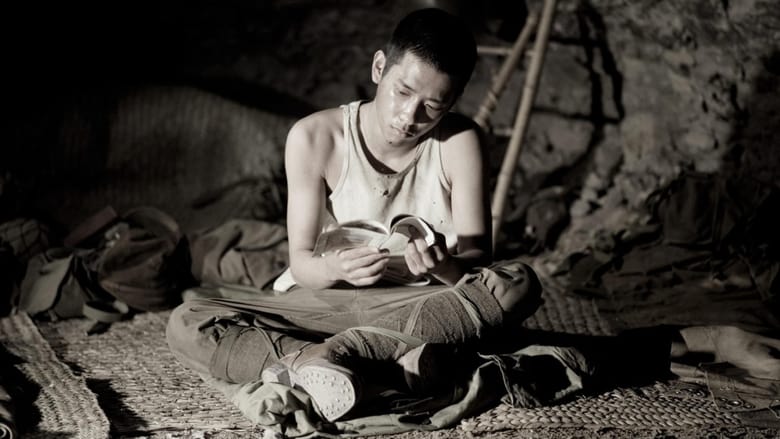
11. The Hurt Locker (2008)
Kathryn Bigelow's critically acclaimed film provides a tense, visceral look at the psychological toll of war through the eyes of an Explosive Ordnance Disposal (EOD) team in the Iraq War. Jeremy Renner stars as a reckless but skilled staff sergeant who takes over the team. The film excels at building suspense during bomb defusal sequences, capturing the high-stakes, adrenaline-fueled nature of the job. It made history when Kathryn Bigelow became the first woman to win the Academy Award for Best Director, and the film also took home Best Picture, beating out Avatar.

10. Fury (2014)
Set in the final weeks of World War II in Europe, this film offers a claustrophobic and brutal look at tank warfare. Brad Pitt leads a battle-hardened Sherman tank crew on a deadly mission behind enemy lines. Director David Ayer aimed for a high degree of realism, using real period tanks (including the only operational German Tiger I tank in the world at the time of filming) and having the cast live together in the tank for a period to build authentic camaraderie and tension. The film focuses on the weary, desensitized lives of the crew and the moral compromises required to survive.

9. Paths of Glory (1957)
An early masterpiece from Stanley Kubrick, this film is a powerful anti-war statement set during World War I. It follows Colonel Dax (Kirk Douglas), a French officer who defends three of his soldiers court-martialed for cowardice after a suicidal attack order fails. The film was controversial upon its release and was banned in France for many years due to its critical portrayal of the French military command. Its stark black-and-white cinematography and unflinching look at the arbitrary nature of power and justice in wartime make it a timeless classic.

8. Black Hawk Down (2001)
Ridley Scott directs this intense, action-packed account of the 1993 Battle of Mogadishu, where American soldiers faced overwhelming odds after a mission to capture militia leaders went wrong. Based on Mark Bowden's book, the film throws the audience into the chaos of urban warfare, focusing on the soldiers' struggle for survival and extraction. The film is known for its technical accuracy in depicting modern combat and its large ensemble cast portraying real-life soldiers involved in the battle. It offers a gritty, boots-on-the-ground perspective of a complex and tragic military engagement.
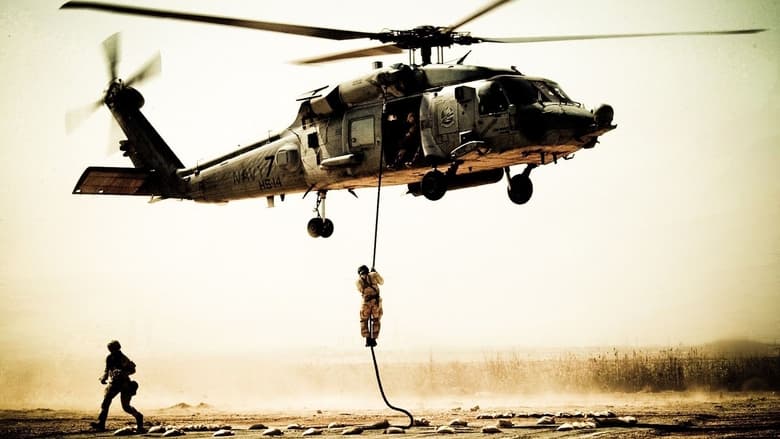
7. The Thin Red Line (1998)
Terrence Malick's return to filmmaking after a 20-year hiatus is a philosophical and visually stunning meditation on war, nature, and humanity. Set during the Battle of Guadalcanal in World War II, the film features a massive ensemble cast, though many prominent actors' roles were significantly reduced or cut entirely in the final edit (like Mickey Rourke and Bill Pullman). Malick's signature style, characterized by voice-overs, lyrical cinematography, and an exploration of internal thoughts, offers a contemplative counterpoint to the brutal combat sequences. It's less about the strategy of battle and more about the inner lives of the soldiers experiencing it.
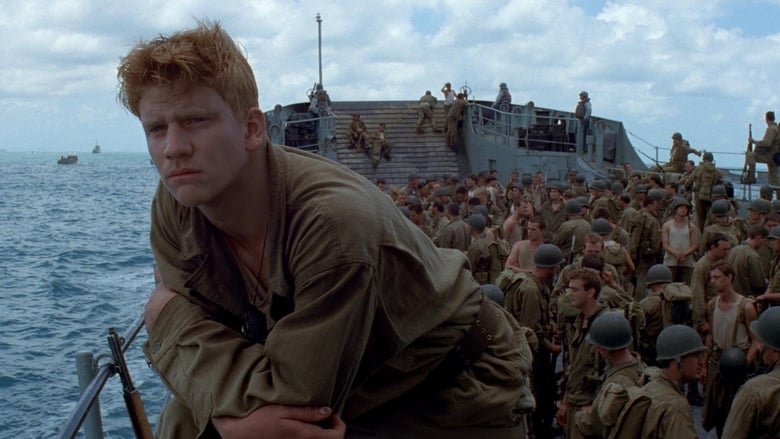
6. Dunkirk (2017)
Christopher Nolan's epic war film focuses on the miraculous evacuation of Allied soldiers from the beaches of Dunkirk in 1940. Told from three perspectives – land, sea, and air – with interwoven timelines, the film creates an intense sense of urgency and scale. Nolan relied heavily on practical effects, including using real ships and planes, and minimal CGI to immerse the audience in the historical event. Hans Zimmer's ticking-clock score heightens the tension throughout. It's a masterclass in suspenseful storytelling, emphasizing survival and the collective effort over individual heroism.

5. Hacksaw Ridge (2016)
Directed by Mel Gibson, this film tells the incredible true story of Desmond Doss, a conscientious objector and combat medic in World War II who refused to carry a weapon but saved 75 men during the Battle of Okinawa, single-handedly lowering them down a steep cliff face. Andrew Garfield delivers a powerful performance as Doss, earning an Oscar nomination. The film contrasts the shocking brutality of the battlefield with Doss's unwavering faith and courage, showcasing a unique form of heroism amidst the carnage. It's a genuinely inspiring account of conviction under fire.
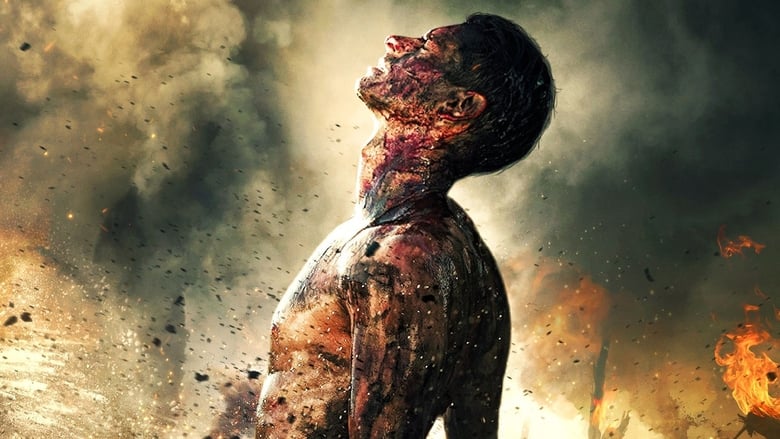
4. Platoon (1986)
Oliver Stone drew heavily on his own experiences as an infantryman in Vietnam to create this raw and unflinching portrayal of the conflict. The film follows a young, naive soldier named Chris Taylor (Charlie Sheen) as he navigates the moral ambiguities and brutal realities of war, caught between two sergeants with opposing views (Willem Dafoe and Tom Berenger). Platoon was one of the first Hollywood films about the Vietnam War made by a veteran of the conflict and is celebrated for its authenticity and emotional depth. It won the Academy Award for Best Picture, bringing a stark, personal perspective to the forefront of war cinema.

3. Full Metal Jacket (1987)
Stanley Kubrick's intense and darkly humorous look at the Vietnam War is sharply divided into two distinct parts. The first, set in a grueling Marine Corps boot camp under the terrifying drill sergeant Hartman (portrayed unforgettably by R. Lee Ermey, a real-life drill instructor), is a masterclass in psychological breakdown and dehumanization. The second part follows the soldiers into the chaos of combat during the Tet Offensive. R. Lee Ermey originally wasn't cast as Hartman but was hired as a technical advisor; Kubrick was so impressed by his authentic yelling and improvisational skills while demonstrating to other actors that he gave him the part, allowing Ermey to write much of his own dialogue.

2. Apocalypse Now (1979)
Francis Ford Coppola's surreal and epic journey into the heart of darkness is less a traditional war film and more a descent into the psychological toll of conflict. Set during the Vietnam War, it follows Captain Willard's mission to assassinate Colonel Kurtz, a rogue officer who has gone insane. The production itself was famously troubled and over budget, facing typhoons, lead actor heart attacks, and creative clashes, which some argue mirrored the chaotic themes of the film itself. Marlon Brando's enigmatic performance as Kurtz, much of which was improvised, adds to the film's unsettling atmosphere. Its iconic use of music, like Wagner's 'Ride of the Valkyries' during the helicopter assault, is legendary.
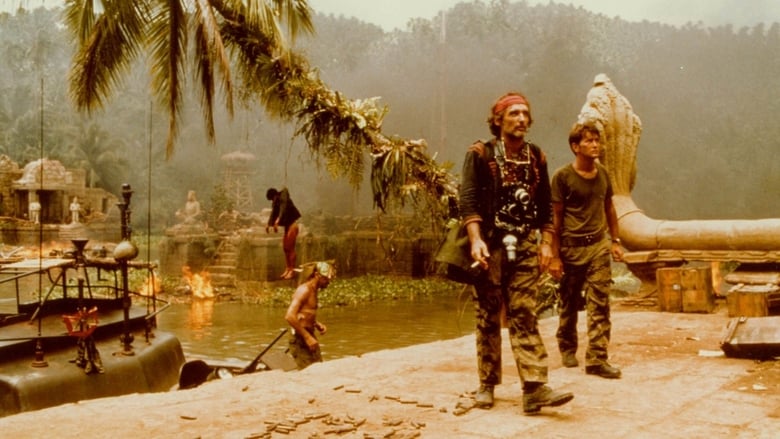
1. Saving Private Ryan (1998)
Steven Spielberg's masterpiece redefined how war was depicted on screen, particularly with its harrowing 24-minute opening sequence portraying the D-Day landing on Omaha Beach. The sheer intensity and chaotic realism of this scene were groundbreaking and remain incredibly impactful today. The film follows Captain Miller, played with quiet strength by Tom Hanks, and his squad on a mission to find and bring home Private Ryan, whose brothers have all been killed. It's a powerful exploration of sacrifice, duty, and the human cost of conflict. Did you know the actors underwent a rigorous boot camp led by Captain Dale Dye, a retired Marine Corps veteran, to prepare for their roles and understand the conditions faced by soldiers?

